King of Coffee | introduction to the flavor description of Blue Mountain No. 1 Coffee in Clifton Manor, Jamaica
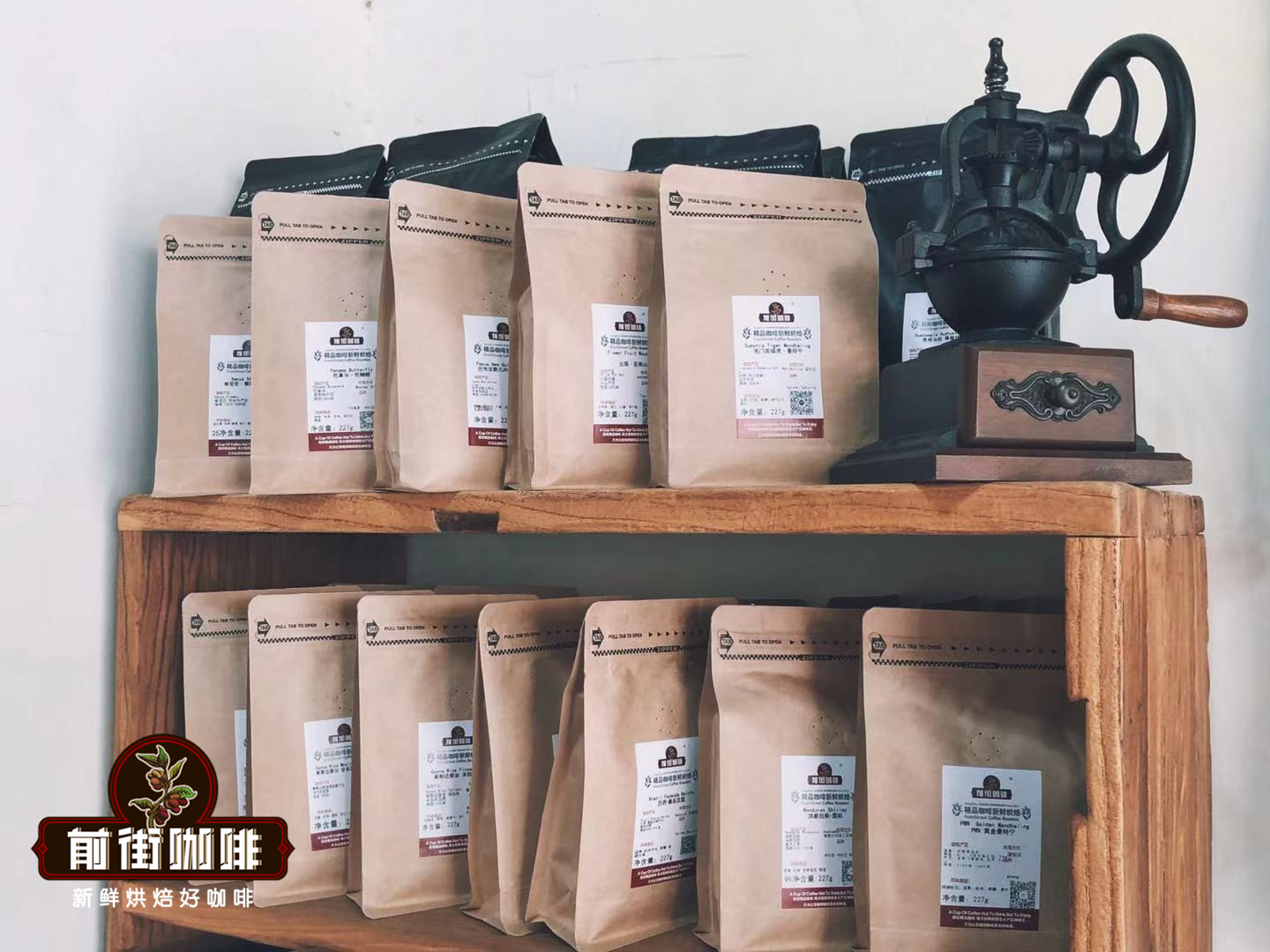
Professional coffee knowledge exchange more coffee bean information please follow the coffee workshop (Wechat official account cafe_style)
As one of the ancient coffee estates in Jamaica-Clifton Manor, Front Street Coffee believes that its status in Jamaica is equivalent to that of Emerald Manor in Panama. Qianjie Coffee often comes across guests who ask how to tell the authenticity of the Jamaican Blue Mountains. In fact, as long as these three points are clear: Jamaica is the only producing area that uses wooden barrels to hold raw beans, the real Blue Mountain is very balanced and rich in flavor, and the two sections of raw beans look like a boat. Of course, it is very difficult for many guests to get in touch with raw beans or open the box, and they basically go directly to taste. For the identification of Blue Mountain flavor, it is necessary to find a store with guaranteed supply to taste and identify the flavor. Qianjie Coffee chose to buy blue mountain coffee beans from Clifton manor, mainly because Clifton manor is guaranteed to produce Jamaican blue mountain coffee beans, and Clifton manor is rainforest certified.
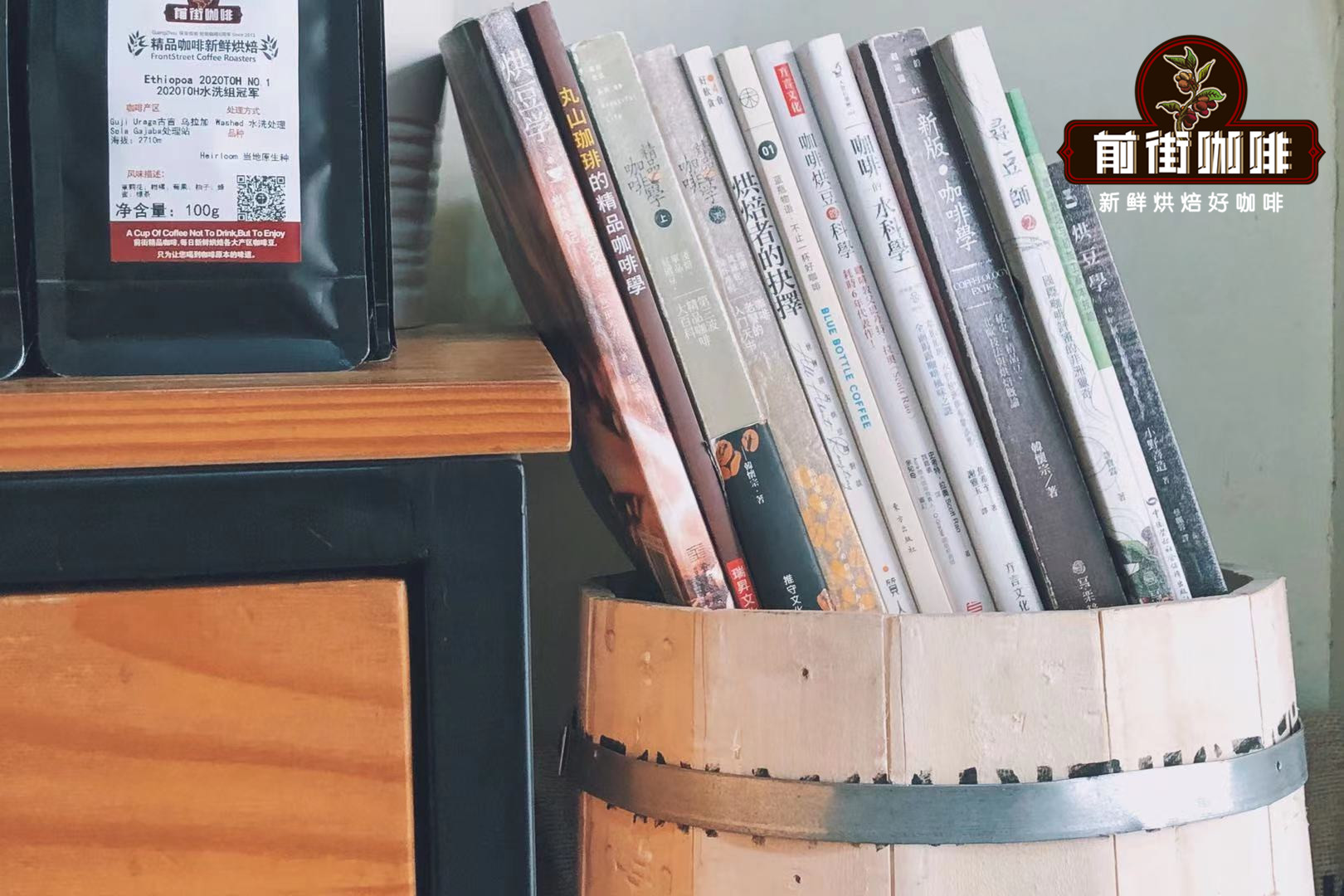
One Blue Mountain, Clifton Manor, Jamaica.
Jamaica Clifton Mount Estate
Landowner: sharp Family The Sharp family
Certification: tropical rainforest certification
Location: Newcastle area
Total area: 250 acres
Coffee acreage: 180 acres
Altitude: 1310 m
Treatment method: washing
Variety: 100% Arabica iron pickup
Flavor: perfect balance of acidity, alcohol thickness and aroma
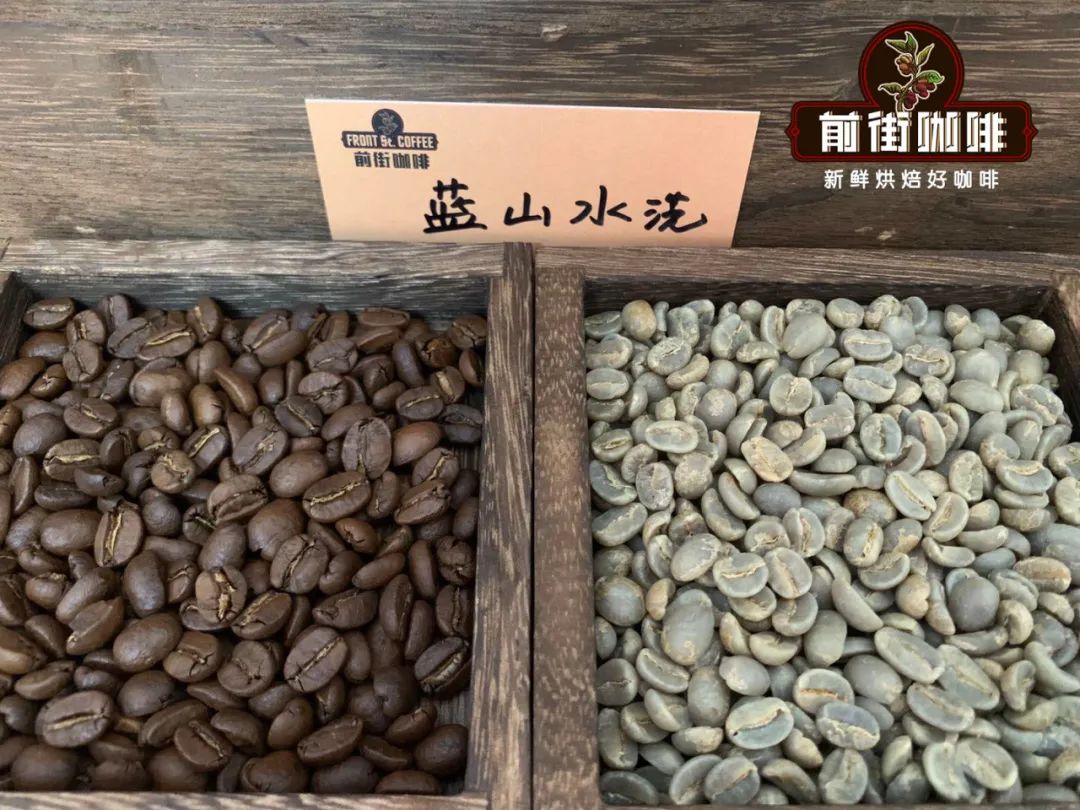
Production area introduction
The Blue Mountains are located in the eastern part of the island of Jamaica, hence its name because it is surrounded by the Caribbean Sea. On clear days, the sun shines directly on the blue sea, and the peaks reflect the bright blue light of the sea.
The highest peak of the Blue Mountains, which is 2256 meters above sea level, is the highest peak in the Caribbean and a famous tourist attraction. It is located in the coffee belt, with fertile volcanic soil, fresh air, no pollution, humid climate, foggy and rainy all the year round (average precipitation of 1980 mm, temperature of about 27 degrees). This climate and ultra-high altitude have created the world-famous Jamaican Blue Mountain Coffee.
Geographical conditions
Jamaica is an island in the Caribbean. The Blue Mountain of Jamaica is the highest mountain in the Western Caribbean (2256 meters high). The unique flavor of Blue Mountain coffee is related to the unique geographical location and climatic conditions of the Blue Mountains. Blue Mountain is located in the coffee belt of 25 degrees north latitude, with fertile new volcanic soil, fresh air, no pollution, rainy all the year round, high humidity and large temperature difference between day and night. The soil here is rich in nitrogen and phosphorus, which is very suitable for the growth of coffee. Fertile volcanic soil, regular rainfall and under the island's hazy clouds keep it away from the hot sun. The combination of all these factors led to the Blue Mountain Coffee.
The annual harvest of Jamaican Blue Mountain Coffee is from June to November and is usually harvested manually. As the coffee trees are all grown on rugged hillsides, the picking process is so difficult that non-local skilled female workers are simply incompetent. It is very important to choose the right ripe coffee beans when picking. Immaturity or ripeness will affect the quality of the coffee.
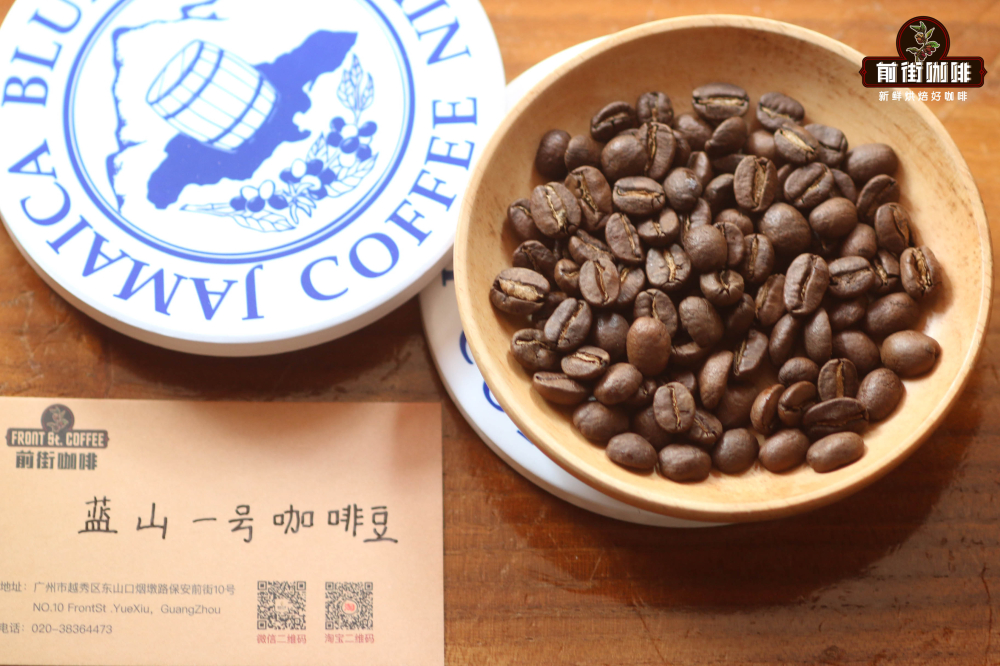
Planting history
One day in 1725, Sir Nicholas Lawes, then governor of Jamaica, brought coffee trees from Haiti to Jamaica and began experimental planting on his private estate, Temple Hall, in St. Andrew. Slowly, coffee trees were planted in the more fertile Blue Mountains of Jamaica and began to be planted on a large scale.
The blue mountain range of Jamaica has unique soil and climate, especially the mountain area with high altitude is shrouded with clouds all the year round, which provides a very ideal ecological environment for the growth of coffee. The high quality and unique balanced taste and flavor of Jamaican blue mountain coffee has promoted the cultivation of coffee to become a leading industry, and has quickly become another important industry in Jamaica after sugar cane and banana.
By 1800, there were a total of 686 plantations in the Blue Mountains of Jamaica alone. By 1814, Jamaica's coffee exports had reached 15199 tons, making it one of the most important coffee-producing countries in the Western Hemisphere at that time.
After the abolition of the slave trade in 1807, the main labor force in Jamaica was black, so that the supply of labor in coffee plantations was completely cut off and coffee production began to decline. In 1838, black slaves in Jamaica were completely liberated. The black slaves who used to work on the coffee farm left in large numbers and went to other parts of the Blue Mountains to reclaim the wasteland, settled down and began to grow all kinds of crops to make a living.
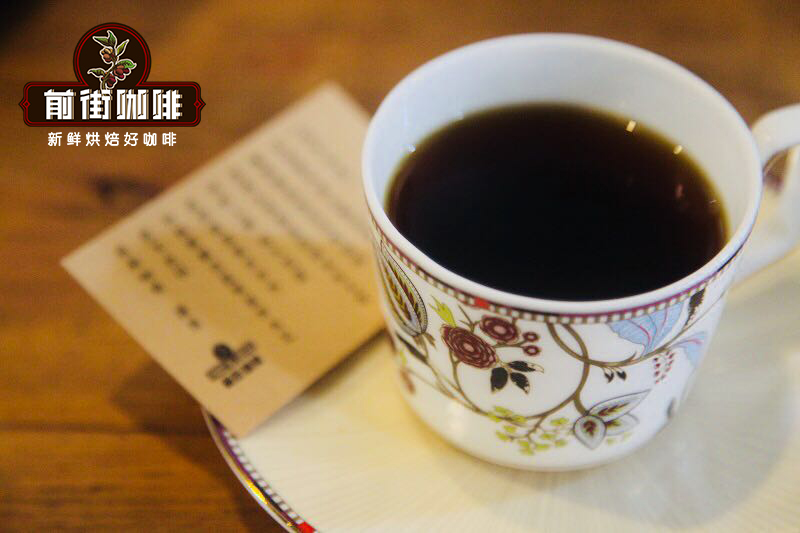
By 1850, there were only 186 coffee plantations in Jamaica, and coffee exports dropped sharply to 1486 tons. Over the next 100 years, the business model of Jamaica's Blue Mountains has also changed from a large-scale plantation to a small-scale coffee grower.
The consequences of the disorderly coffee planting pattern were disastrous, and the quality of Jamaican coffee exports went from bad to worse. Finally, in 1943, Canada, one of the largest importers of Jamaican coffee, was the first to announce that it would no longer accept the quality of Jamaican coffee. The neighboring United States followed suit to stop importing Jamaican coffee.
In 1944, when the Central washing treatment Plant was established, A.J. Wakefield, then Chief Inspector of Agriculture in the Commonwealth West Indies, actively promoted the establishment of the Cenrtral Coffee Clearing House by the Jamaican government, stipulating that all exported coffee must be purchased, processed and graded before it can be exported.
Clifton Farm
The Blue Mountain area is a small area with a planting area of only 6000 hectares, and it is impossible to grow all the coffee marked "Blue Mountain" there.
Today's Clifton Farm is the largest estate in the area and is also a small-scale plantation by international standards, many of which are small landowners whose families have been working on the land for two centuries.
Clifton Hill is an ancient coffee producer that is still functioning in Jamaica, and only Clifton Farm in Jamaica has a "tropical rainforest" logo. The logo can be certified only if it meets the Sustainable Agricultural system Standards, and there is a rainforest certification mark on the barrel.
As early as the mid-18th century (around 1750), Clifton Farm began to grow and produce coffee. The coffee planting and processing area here falls at an average of 4300 feet (1310.64 meters), with sufficient altitude, mild afternoon cloud shade, adequate sunshine and mineral-rich planting soil to provide good growth conditions for coffee plants. it also prolongs the ripening of coffee cherries.
Blue Mountain Coffee grading
There are three grades of coffee in the Blue Mountains of Jamaica: blue Mountain Coffee (Blue Mountain Coffee), Alpine Coffee (Jamaica High Mountasin Supreme Coffee Beans) and Jamaican Coffee (Jamaica Prime Coffee Beans).
Among them, Blue Mountain Coffee and Alpine Coffee are each divided into two grades. In terms of quality, the order from top to bottom is: blue Mountain 1, Blue Mountain 2, Gaoshan 1, Gaoshan 2, Jamaican Coffee.
From top to bottom in terms of quality, NO.1, NO.2, NO.3 and PB,PB are round beans. According to the standard of CIB, the basic standard of blue mountain raw bean of NO.1 is beans with more than 17 mesh, defect rate less than 3%, moisture content about 13%, and so on.
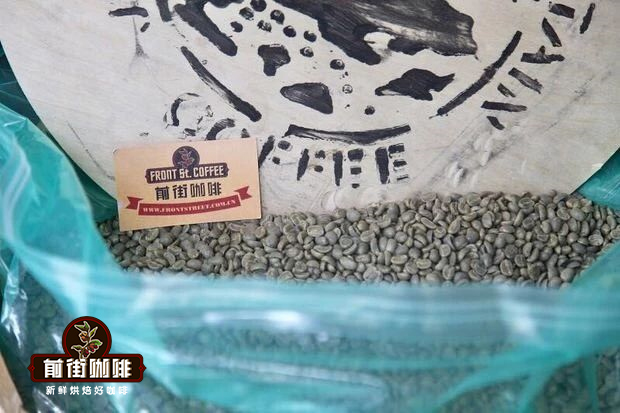
Jamaica Blue Mountain Certification
The Blue Mountain Coffee purchased from Qianjie Coffee is officially certified by Jamaica. The certified authentic Blue Mountain Coffee producing area in Jamaica refers to the four eastern districts: St. Andrew, St. Thomas (St.Thomas), St. Mary (St.Mary) and Portland (Portland), which happens to be the foothills of the Blue Mountains. At an altitude of 1000-1700 meters, the area is only about 6100 hectares. Only when planted in this area and at an altitude of 1000-1700 meters, is the authentic Blue Mountain. Even those planted in these four administrative regions but only 500-1000 meters above sea level must be downgraded to Jamaican alpine coffee, lower than 500m above sea level, it will be the higher grade Jamaican coffee, and the other 1.21ha outside this area can not be called Blue Mountain Coffee. Jamaican officials have strict regulations on blue mountain coffee, and no more than 25% of Jamaican coffee qualifies for blue mountain.
Blue Mountain Coffee beans purchased in Qianjie Coffee is the only coffee producing area that uses wooden buckets of raw beans among all coffee so far, and sacks are used for other coffee exports.
Handling method of raw bean
Blue Mountain Coffee was only treated with water before the end of 19 years, and the sun treatment was introduced at the beginning of 2020, in which the method of water washing and fermentation was used to remove the skin, pulp and mucous membrane. Farms that use the washing method must build washing ponds and be able to introduce an endless supply of running water. During the treatment, first remove the peel and pulp and let it ferment for 18 hours, then put the mellow beans into the pool and pass them back and forth, using the friction of the beans and the power of running water to wash the coffee beans until smooth and clean.
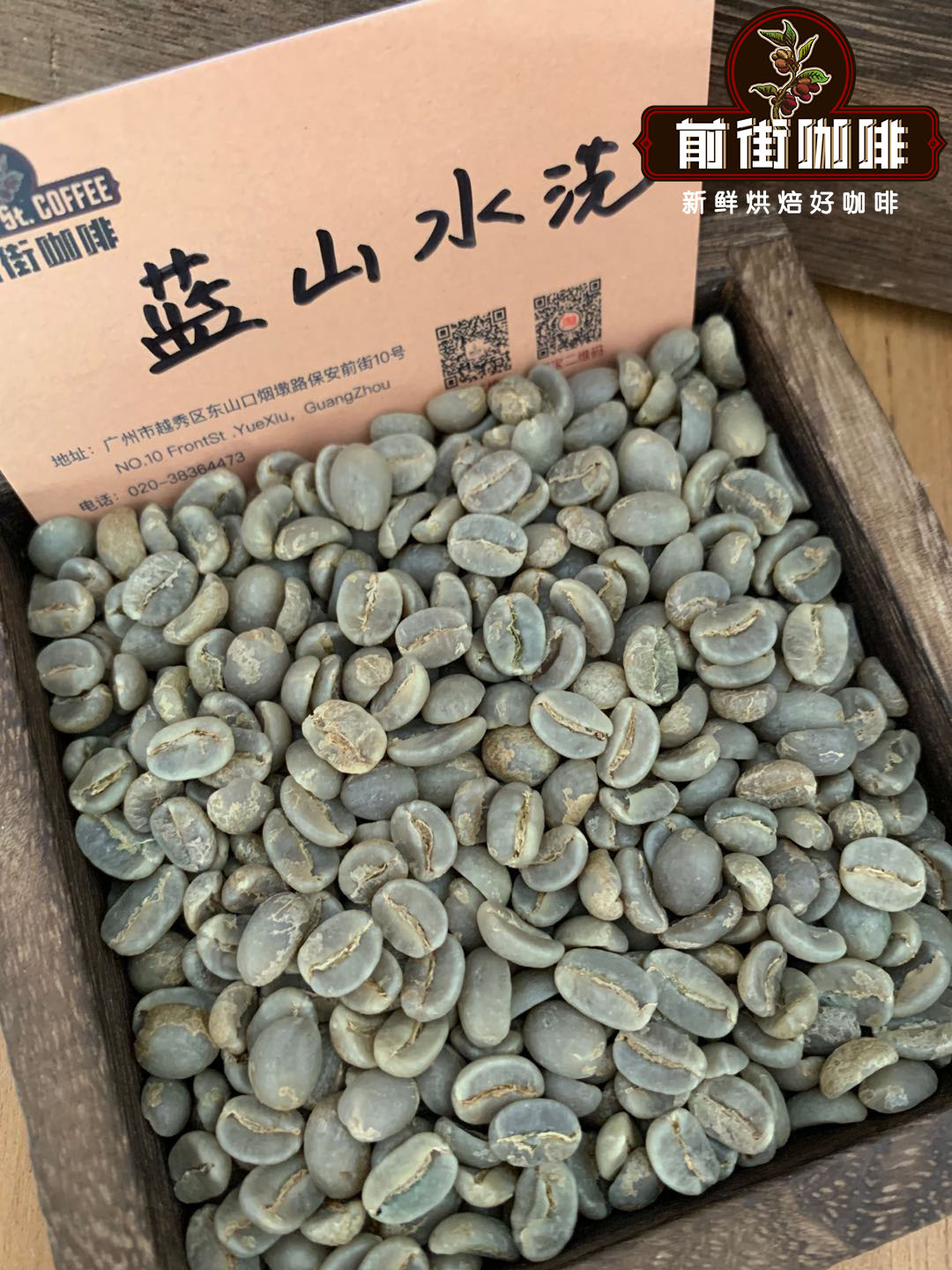
After washing, the coffee beans are still wrapped in the pericarp with a moisture content of 50%, and the moisture content must be dried to reduce the moisture content to 12-14%. After that, the coffee beans are screened and stored in a special warehouse. These procedures must be strictly mastered, otherwise, the quality of coffee will be affected.
Certification: tropical rain forest certification, the certification mark on the coffee sack or barrel is the certified product coffee, the farm must meet the Sustainable Agriculture system Standards before it can be certified. (rainforest water frog), Clifton Manor is the only coffee farm that has obtained (RFA) rainforest water frog certification.
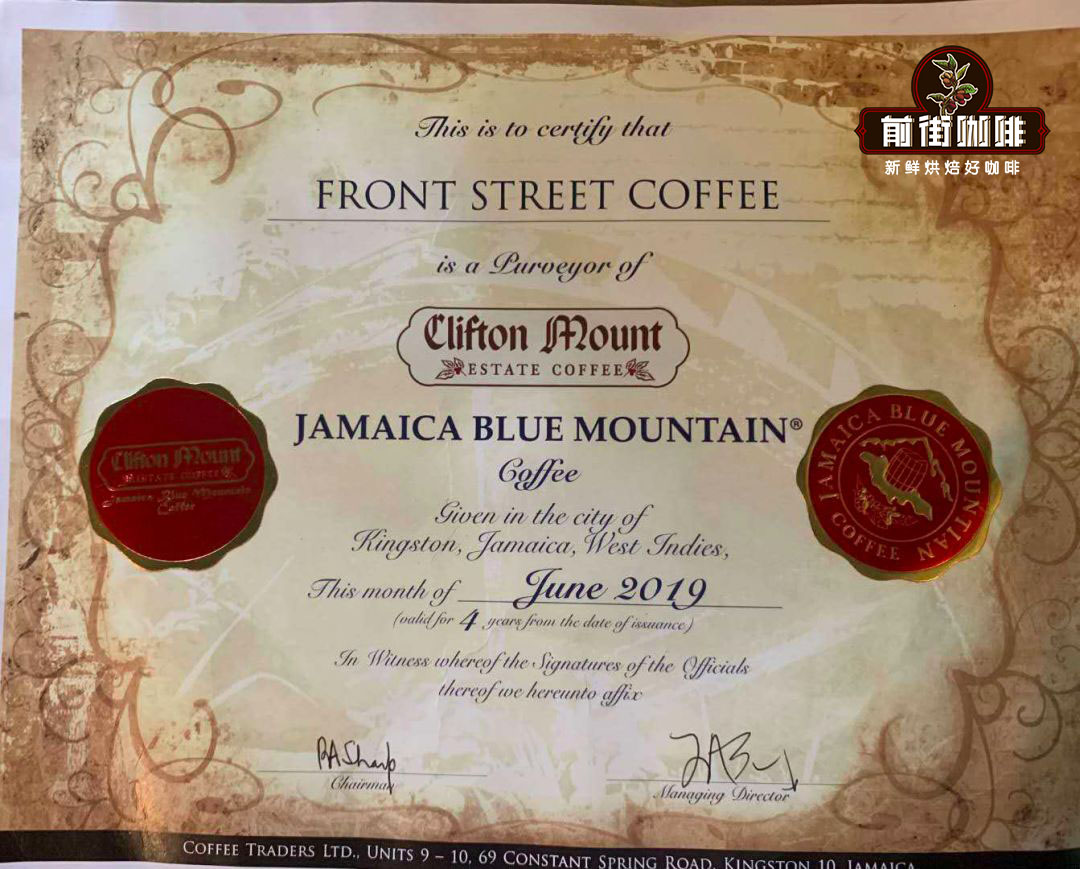
How can baking show the best flavor of Jamaican Blue Mountain?
Qianjie Coffee thinks that to put it simply, it bakes the Blue Mountain thoroughly from the inside to the outside, and uses better roasting techniques on the basis of roasting to show the flavor characteristics of Blue Mountain coffee.
Caramelization is a link that has the greatest impact on the flavor of coffee. After six to seven minutes of baking, raw beans absorb a lot of heat and start the pyrolysis reaction, resulting in the first explosive sound. Some sugars are converted into carbon dioxide, and water continues to evaporate. New aromatic components gradually develop into the so-called coffee oil. And combine with hundreds of aromatic substances such as nicotinic acid, citric acid, quinic acid, malic acid, acetic acid, caffeine and so on.
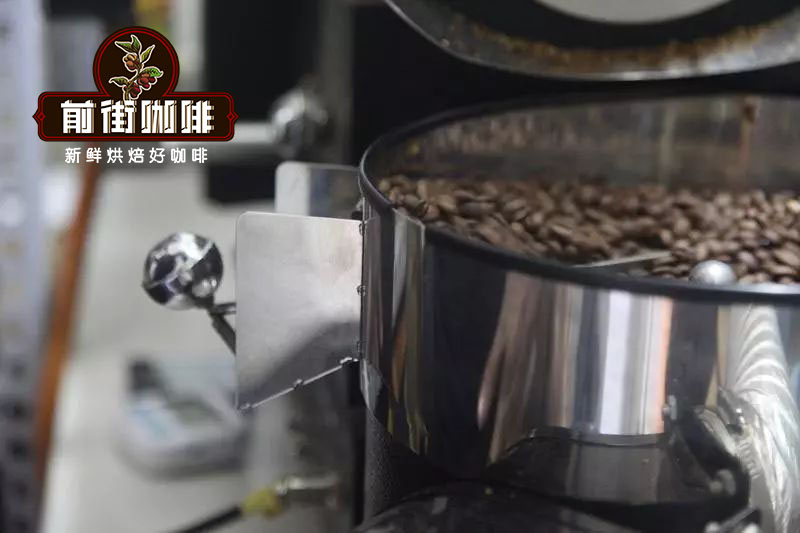
Baking curve: furnace temperature to 170 degrees Celsius, throttle set for 1 minute, firepower 140 degrees, throttle unchanged, baking to 5 degrees Celsius 39 degrees 10 ", temperature 153 degrees, bean surface turns yellow, grass smell disappears completely, dehydration is completed, firepower is adjusted to 115 degrees, throttle changes 4".
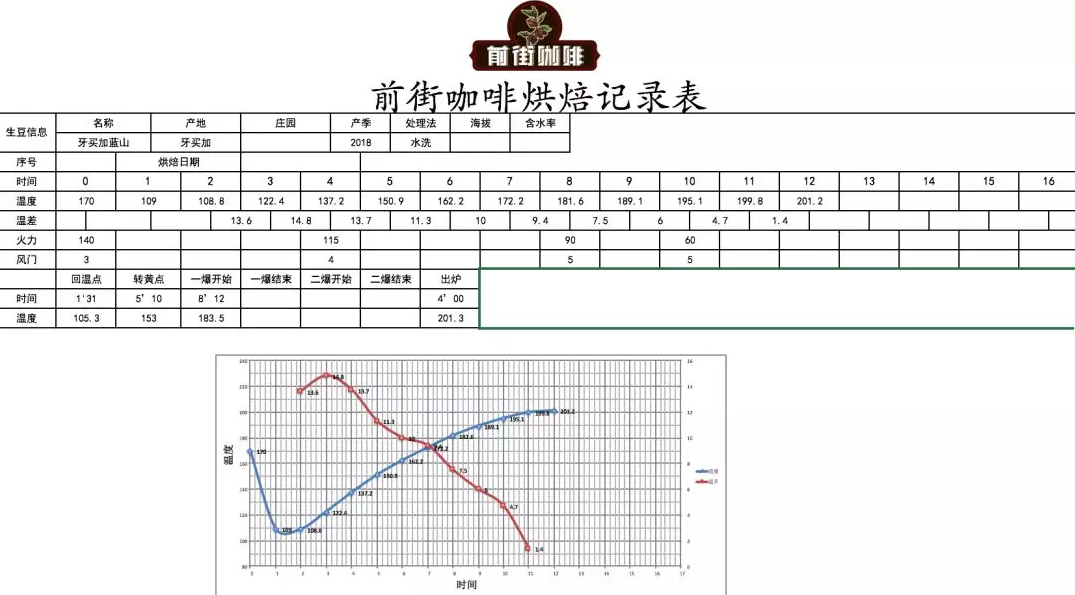
In the 8th'00 "minute, ugly wrinkles and black markings appear on the bean surface, and the smell of toast obviously changes to the smell of coffee, which can be defined as a prelude to an explosion. At this time, listen carefully to the sound of the explosion point, turn the firepower down to 90 degrees Celsius, the throttle is fully open (adjust the firepower to be very careful not to be so small as to be free of bursting sound), and put in the pot at 201.3 degrees.
Blue Mountain Coffee Cup Test:
Cup test features: a perfect and delicate balance of acidity, mellow thickness and aroma. Its acidity is bright and delicate. Its body is as smooth as velvet. Its aroma is slightly penetrating, accompanied by floral, spicy, and citric acid tones. There is a hint of cocoa after the entrance.
The taste is very clean, complex, very mild, chocolate sweet, very mellow. The taste is full-bodied and mellow. the sweet, sour and bitter taste of the coffee is perfect, with no bitterness at all, only a moderate and perfect sour taste and a long fruity taste.
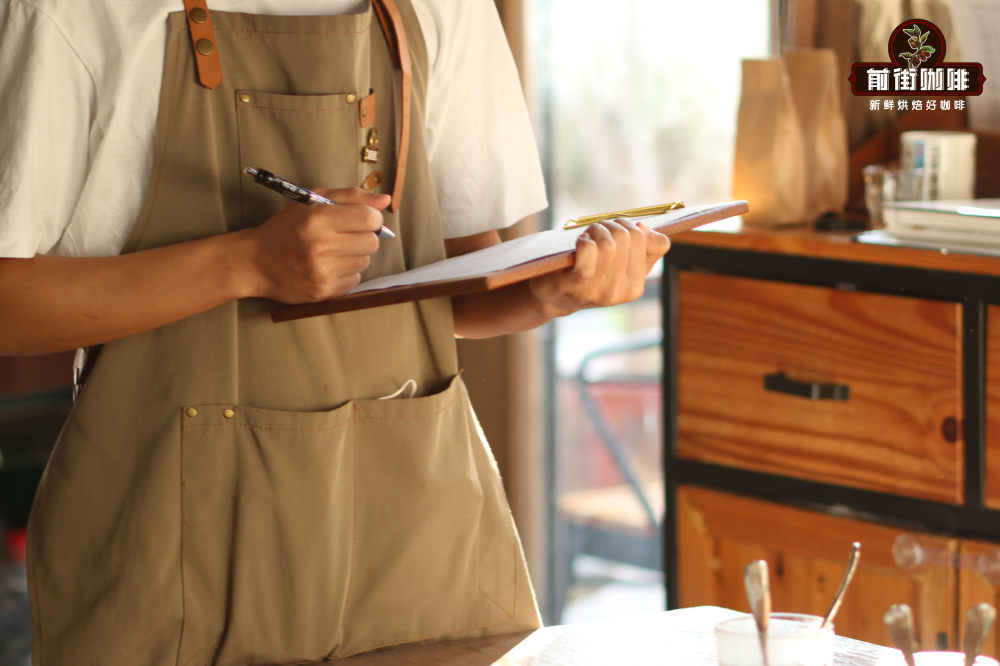
Dry incense: roasted peanuts, hazelnuts, melons, chocolate
Wet fragrance: oolong tea, caramel, honey, chocolate, almond skin, silky taste, bright feeling
Cooking parameters
The recommended brewing parameters of Qianjie coffee are: powder quantity: 15g powder, filter cup: KONO, ratio of powder to water: 1:15, grindness: BG#6W (grindness is based on the pass rate of Chinese standard No. 20 sieve 70-75%), water temperature: 86 ℃
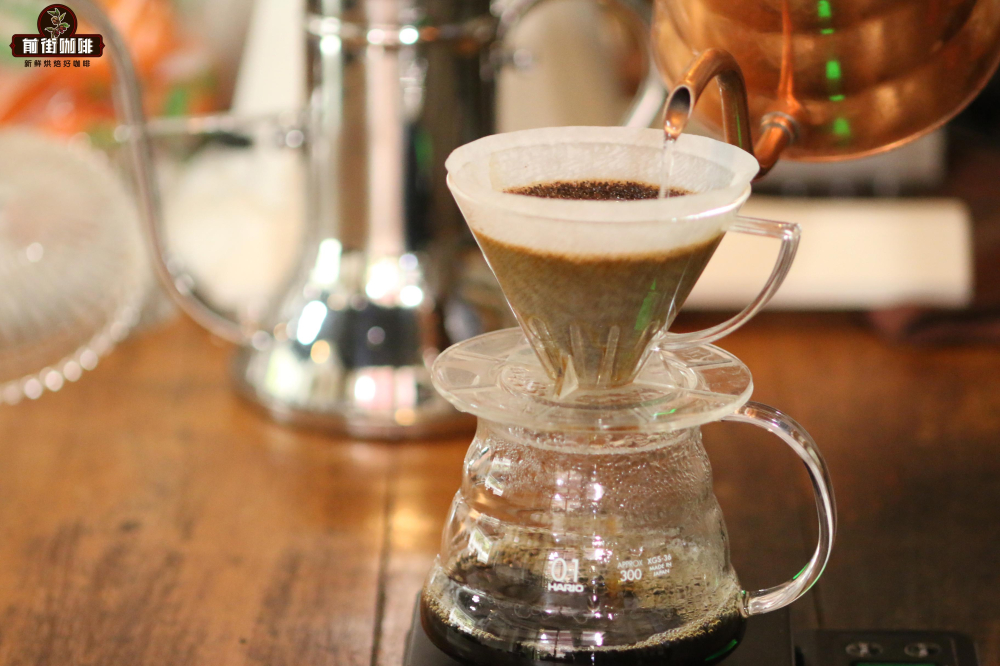
Washing and cooking technique
Qianjie coffee is extracted by stages, steamed with 30 grams of water for 30 seconds, the center of the small flow is injected to 125 grams, the water level is about to be exposed to the powder bed, and the filter cup is removed when the water level is about to be exposed to the powder bed. the extraction time is 2: 00 ".
Flavor description
The flavor and taste of Blue Mountain Coffee: dark chocolate, nuts, cream, sweet and sour balance, mellow taste
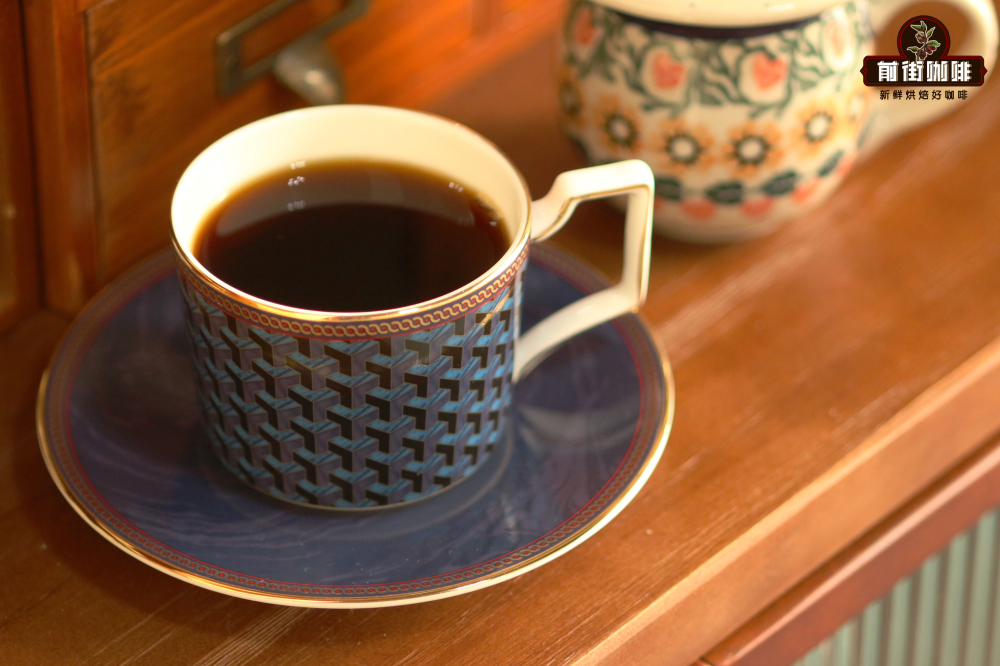
Teach you how to tell the true from the false blue mountains
Because Blue Mountain Coffee has a very high status in the coffee world, there are a lot of fake Blue Mountain Coffee on the market. You may have drunk Blue Mountain Coffee, but the real Blue Mountain Coffee is actually very difficult to distinguish.
1. Appearance: the raw beans of Blue Mountain Coffee are cyan, the appearance is very neat, the size is medium to small, the ends are warped up, and the volume increases a lot after baking, which is very full.
2, grinding beans: the real blue mountain coffee beans grow at high altitude, its cytoplasmic structure is relatively loose, it feels very crisp, cool and continuous when grinding by hand, and there is no feeling of resistance.
3. Aroma: the aroma is very rich and dense; the so-called blended Blue Mountain Coffee does not have this aroma.
4. Taste: the real Blue Mountain Coffee has a balanced and full-bodied taste, without any feeling of prominence or lack of taste, which is unmatched by any other coffee beans, and the most critical identification point.
You can also tell whether it is a real Blue Mountain by these three: (designated export company by the National Coffee Bureau), (the only producing area with raw beans in buckets), and (Frog rainforest certification on the lid).
For more boutique coffee beans, please add private Qianjie coffee on Wechat. WeChat account: kaixinguoguo0925
Important Notice :
前街咖啡 FrontStreet Coffee has moved to new addredd:
FrontStreet Coffee Address: 315,Donghua East Road,GuangZhou
Tel:020 38364473
- Prev
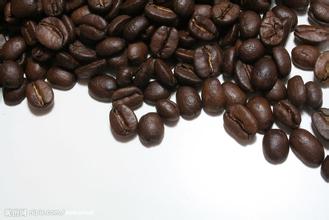
Introduction of Coffee Flavor description and processing method in Costa Rica
Costa Rican Coffee Manor Regional Flavor description method the most famous of which is mountain Costa Rican coffee, which is mellow and neutral, and it can be boiled directly or mixed with other kinds of coffee beans to form a comprehensive coffee. It's also a good choice. Other kinds of Brazilian coffee, such as Rio and Parana, can be produced in large quantities because they do not need too much care.
- Next
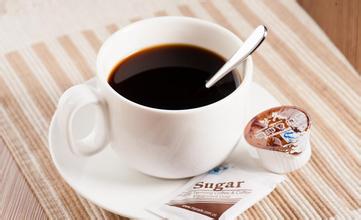
Flavor description of Kenyan Coffee Bean by hand-flushing method introduction of varieties by Regional treatment of Manor production
The flavor description of Kenya coffee bean by hand method the variety introduction of the manor area treatment method described above, after washing away the smoldering powder layer and winding inward to the third concentric circle, the flow increased to 150% of the previous thinnest flow. You will see that the powder below will continue to arch up, indicating a strong stirring, and then slowly inject water in the third concentric circle (note that it is a slow circle), about 4-5.
Related
- Detailed explanation of Jadeite planting Land in Panamanian Jadeite Manor introduction to the grading system of Jadeite competitive bidding, Red bid, Green bid and Rose Summer
- Story of Coffee planting in Brenka region of Costa Rica Stonehenge Manor anaerobic heavy honey treatment of flavor mouth
- What's on the barrel of Blue Mountain Coffee beans?
- Can American coffee also pull flowers? How to use hot American style to pull out a good-looking pattern?
- Can you make a cold extract with coffee beans? What is the right proportion for cold-extracted coffee formula?
- Indonesian PWN Gold Mandrine Coffee Origin Features Flavor How to Chong? Mandolin coffee is American.
- A brief introduction to the flavor characteristics of Brazilian yellow bourbon coffee beans
- What is the effect of different water quality on the flavor of cold-extracted coffee? What kind of water is best for brewing coffee?
- Why do you think of Rose Summer whenever you mention Panamanian coffee?
- Introduction to the characteristics of authentic blue mountain coffee bean producing areas? What is the CIB Coffee Authority in Jamaica?

